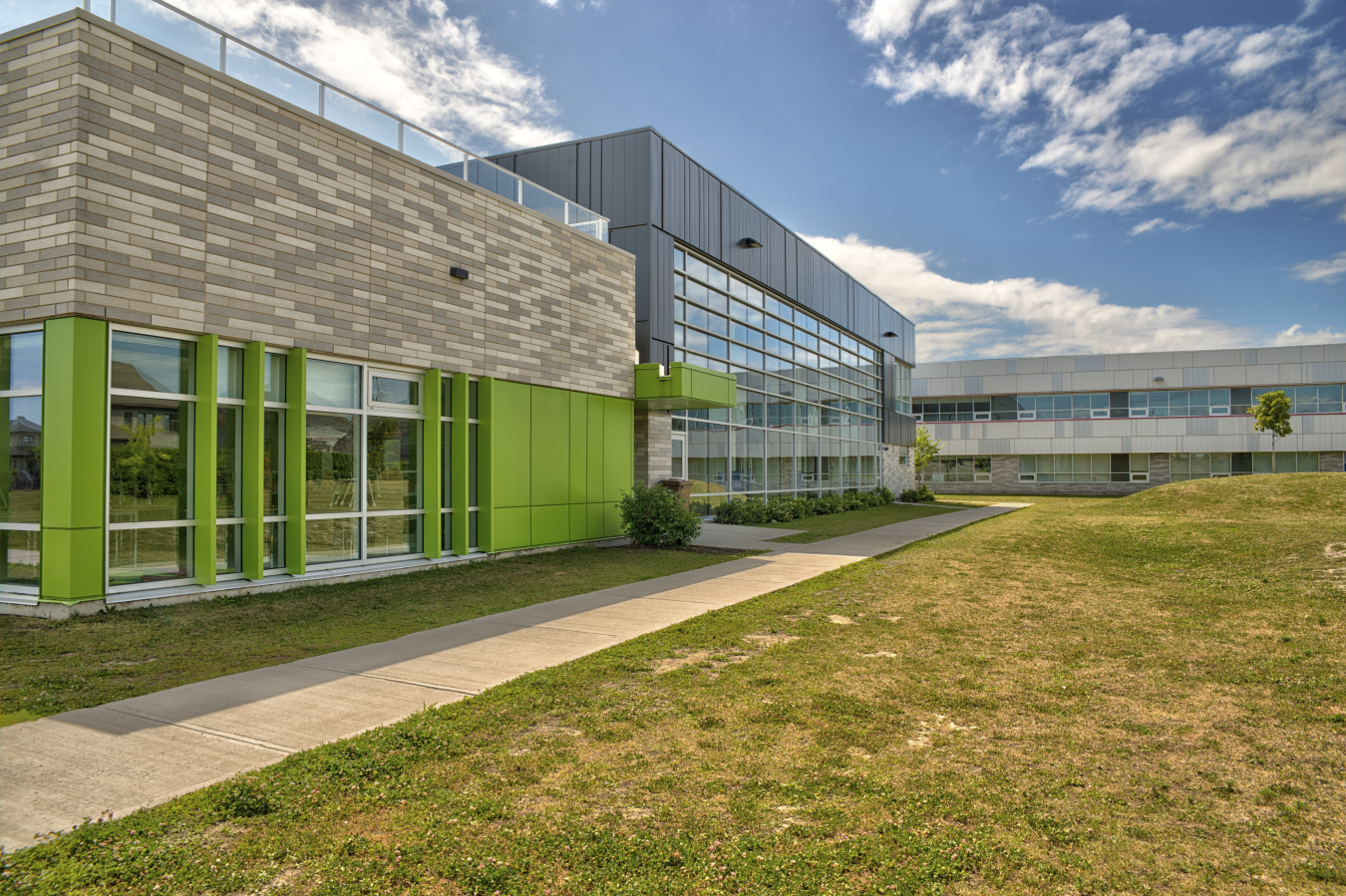
With internal financing, projects are paid for directly with available cash drawn from current operating or capital funds. The school retains all energy cost savings and often improves project implementation time by avoiding complex contract negotiations or transaction delays.
Internal financing is the simplest and most direct way to pay for improvements or new buildings. However, the availability of internal funds is often constrained by budget limitations and competing operating and capital investment needs. Internal operating funds most commonly finance smaller, short-term projects that have relatively low capital costs and short payback periods.
How It Works
Using internal financing normally requires that funds be approved within a school’s annual operating and capital budget setting process. Budget constraints, competition among alternative investments, and the need for high rates of return can significantly limit the number of internally financed energy-efficiency improvements. Nevertheless, internal financing should support at least part of a school’s capital investment plan.
How to Proceed
- Identify any grant funding that can lower the upfront cost to the school, including energy-efficiency rebate programs.
- Consider grant programs at federal and state levels as well as in the not-for-profit sector. Explore all three sources before committing to internal financing options.
- When making the investment decision, keep in mind the opportunity cost of committing funds upfront to a project. Issuing debt or undertaking a lease, while potentially more expensive in the long run, will keep funds on hand to cover other important costs to the school.

